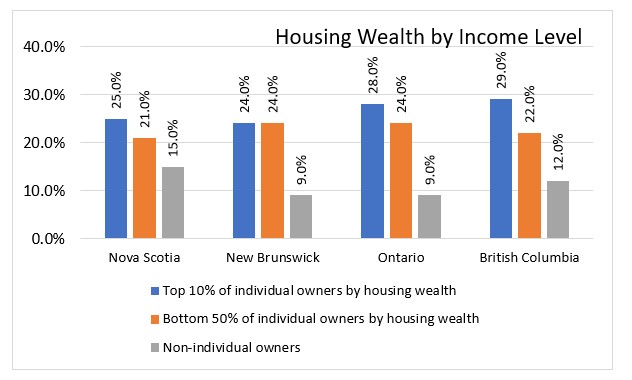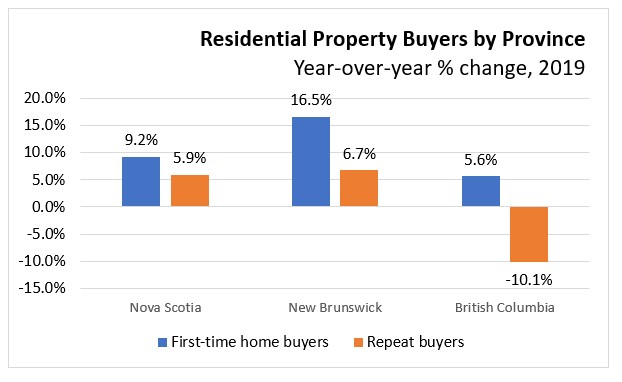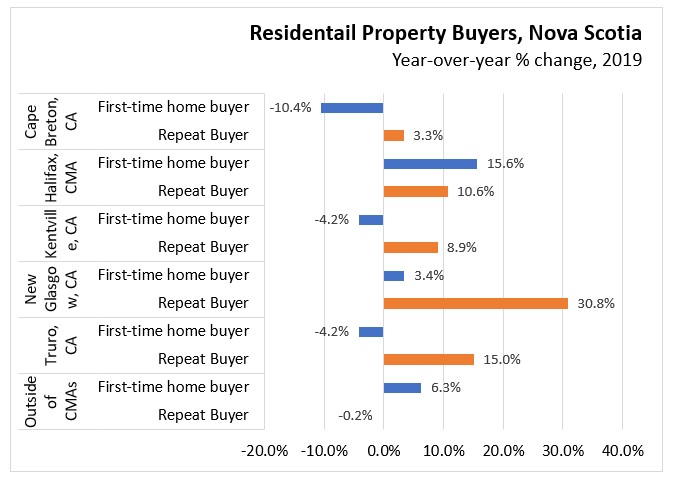The Economics and Statistics Division maintains archives of previous publications for accountability purposes, but makes no updates to keep these documents current with the latest data revisions from Statistics Canada. As a result, information in older documents may not be accurate. Please exercise caution when referring to older documents. For the latest information and historical data, please contact the individual listed to the right.
<--- Return to Archive
For additional information relating to this article, please contact:
April 12, 2022CANADIAN HOUSING STATISTICS PROGRAM, 2019 & 2020 Statistics Canada released new data today from the Canadian Housing Statistics Program (CHSP) for the 2020 reference year. Today's release includes updated information for the 2020 reference year and inclusion of owners in Newfoundland and Labrador, Yukon, the Northwest Territories, and Nunavut. A new table on home buyers in Nova Scotia, New Brunswick, British Columbia and Yukon has also been added. These data provide a snapshot of property owners and buyers in the period prior to the outbreak of the COVID-19 pandemic.
Multiple-property owners are those who own more than one property, can use properties to receive rental income, as a recreational property or for other investment purposes.
Individual multiple-property owners hold a significant share of the residential property stock despite accounting for a small number of owners. In Nova Scotia, 21.6% of owners are multiple property owners accounting for 40.9% of properties owned. Individuals who own a single property accounted for 77.5% and 78.0% of owners in Nova Scotia in 2019 and 2020, respectively.

Both income and housing wealth were concentrated at the top. When ordering individual owners by the value of their real estate holdings, the top 10% owned 25% of the sum of all residential property values in Nova Scotia. The bottom half of individual owners in Nova Scotia owned 21% of the sum of all residential property values. The value of real estate holdings owned by non-individual owners such as government entities and businesses was 14.7% in Nova Scotia.

Between 2018 and 2019, the number of first-time home buyers increased 9.2% in Nova Scotia while the number of repeat buyers were up 5.9%. New Brunswick (16.5%) reported the largest increase in the number of first-time buyers in 2019. In British Columbia, the number of first-time buyers increased 5.6% while the number of repeat buyers was down 10.1%.

The number of first-time buyers increased in Halifax, New Glasgow and outside of census metropolitan areas in 2019 with the largest increase being reported in Halifax (+15.6%). Cape Breton (-10.4%), Kentville (-4.2%) and Truro (-4.2%) saw a decline in the number of first-time home buyers in 2019.
Looking at the number of repeat buyers, New Glasgow posted the largest percentage increase at 30.8% followed by Truro (+15.0%) in 2019. The number of repeat buyers declined slightly outside of the CMAs (-0.2%) in 2019.

Source: Statistics Canada, Canadian Housing Statistics Program, 2019 and 2020
<--- Return to Archive